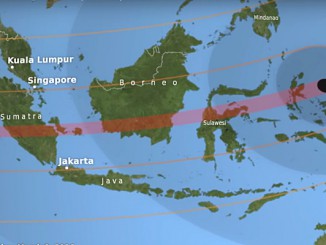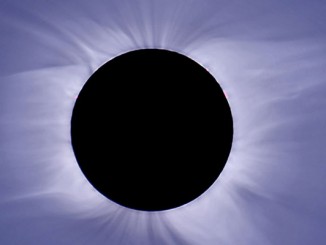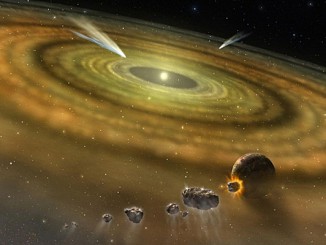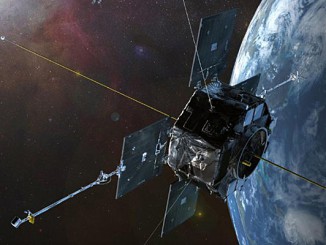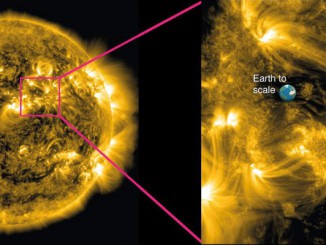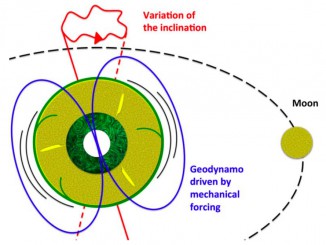
Moon thought to play major role in maintaining Earth’s magnetic field
The Earth’s magnetic field is produced by the geodynamo, the rapid motion of huge quantities of liquid iron alloy in the Earth’s outer core. A team of French researchers suggests that elastic deformation of our planet’s mantle due to tidal effects caused by the Moon — overlooked until now — transfers energy to the Earth’s outer core, keeping the geodynamo active.


